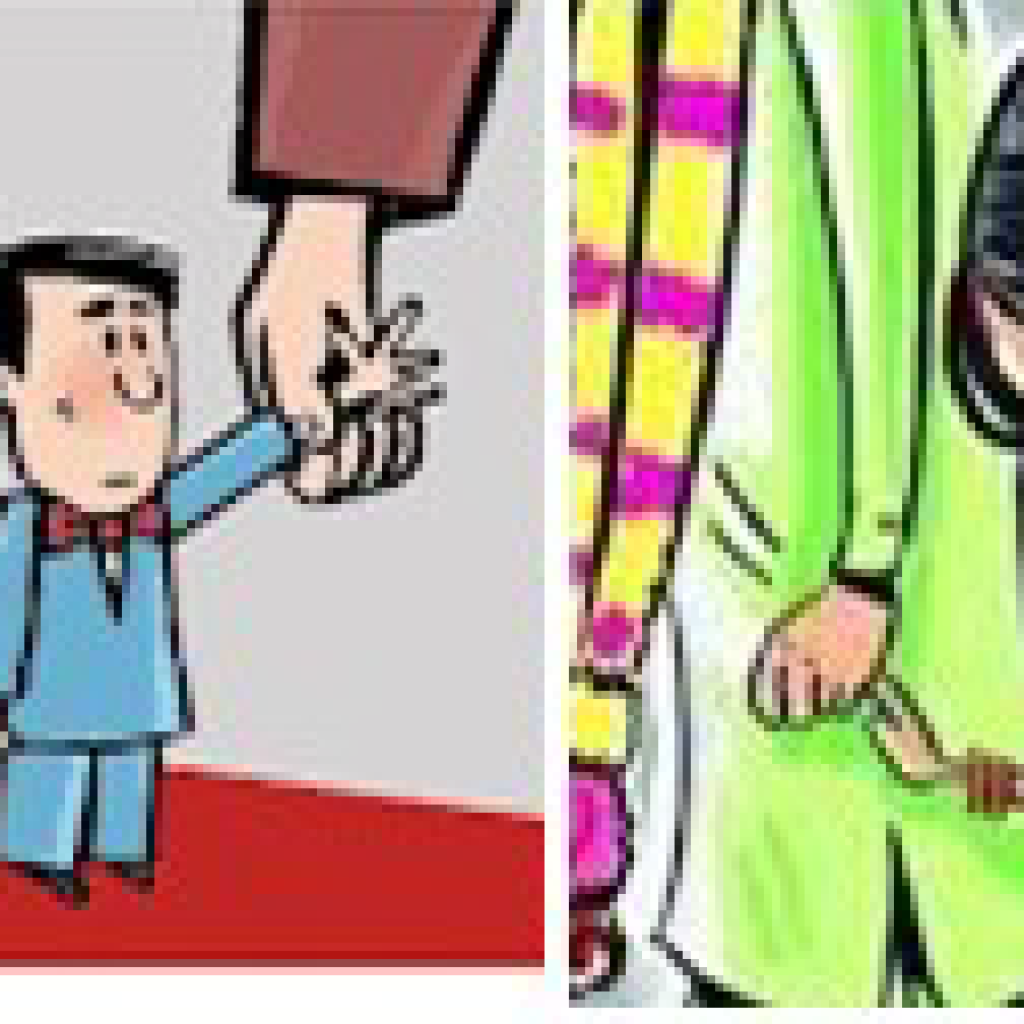(1) What is marriage and how can one get divorce after marriage, types of Divorces and how to file a
petition in different types of divorce?

Marriage is a sacred bond between two individuals, but it does not always have to be the same. Most of the time, the maternal relationship breaks down and divorce is the best option for both spouses. However, divorce is a legal and complex procedure especially when the marriage is unregistered. An unregistered Marriage is valid as a registered marriage in India. However, this marriage does not have the same legal status as registered marriages. Therefore, the divorce procedure of unregistered marriages could be slightly different.
Divorce under Hindu law is classified into two types :
Mutual divorce: Under the Hindu Marriage Act, Mutual divorce is governed by Section 13-B. As the name suggests, in mutual divorce, both the parties i.e. husband and wife mutually agree and express their consent for peaceful separation. The husband and wife have to predetermine the issues relating to alimony and child custody if any. There are only two requirements for filing a mutual divorce, one is mutual consent and the other is that they have to live separately for at least one year.
Contested Divorce: When divorce is initiated by either spouse it is termed as a Contested Divorce. Section 13 of the Hindu Marriage Act, 1955 provides the grounds for filing a contested divorce, some of which are, cruelty, conversion of religion, unsound mind, communicable disease or either spouse is unheard of more than seven-year.
There are three other grounds for divorce available only to the wives which are:
Husband has been guilty of rape, sodomy or bestiality.
The wife was married before the age of fifteen.
A decree or order has been given by court awarding maintenance to the wife and they have not been living together for more than one year.
Where is the petition of divorce to be filed?
According to Section 19 of the Hindu Marriage Act, 1955, the petition of divorce can be presented to the District Court within the local limits of whose ordinary original civil jurisdiction:
- The marriage was solemnized, or (the place where the marriage ceremony was duly performed.
- The respondent, at the time of the presentation of the petition, resides, or (If both the parties are filing for divorce through a joint petition, then either of them can be respondent, so a petition can be filed at either place of residence.)
- The parties to the marriage last resided together, or (Suppose a husband and wife lived together at a different place other than their initial residence then they can file a petition in a court having jurisdiction over that place. Last resided means that they must have lived there for a substantial amount of time and not just visited the place for any occasion.) In case the wife is the petitioner, where she is residing on the date of presentation of the petition, or (This subsection carves out an except to Section (iii) providing benefit to the wife. In case the petitioner is a wife then she can file the divorce petition at the place where she is residing.) the petitioner is residing at the time of the presentation of the petition, in a case where the respondent is, at that time, residing outside the territories to which this Act extends, or has not been heard of as being alive for a period of seven years or more by those persons who would naturally have heard of him if he were alive. (This is a very crucial ground as it gives liberty to either spouse to file a petition at his/her place of residence in case their spouse has deserted them or is beyond the jurisdiction of the Indian courts.)
IN CASE OF MUTUAL DIVORCE:
What is the procedure for mutual consent divorce in India?
Following is the procedure to file for mutual divorce in India:
STEP 1: Draft a petition stating the reason for seeking a divorce and both the parties have agreed on it.
STEP 2: File the petition jointly through respective lawyers before the family court.
STEP 3: The court after the examination of the petition along with the documents will pass on the order for the recording of the statement on oath.
STEP 4: After this, a cooling period of six months’ time is given to the parties in the hope of their reconciliation.
STEP 5: Post 6 months, if there is no reconciliation, both the parties need to appear for the final hearing. (Parties have to appear for the second motion within 18 months from the date of filing the divorce petition.)- STEP 6: In the final hearing, the court passes the divorce decree dissolving the marriage.
- What are the documents required for a mutual consent divorce in India?
- Documents required for a mutual consent divorce are:
- Residence Proof of Husband and Wife
- Marriage Certificate
- Photographs of Husband and Wife
- Proof to show that mediation was unsuccessful and the parties couldn’t be reconciled.
- Evidence to show that husband and wife have been living separately for more than one year
- Details of husband and wife profession and present incomes.
- Income tax statements of three financial years.
- Information regarding the family background of the couple.
- Details of the property and assets owned by the spouse.
- IN CASE OF CONTESTED DIVORCE:
- What is the procedure for a Contested Divorce in India?
- The contested divorce is filed by either spouse based on the grounds mentioned above. The following are the steps to file for a Contested Divorce in India.
- STEP 1: Draft a petition clearly stating the facts and grounds for seeking a divorce. This petition is filed before a family court having jurisdiction along with affidavits, vakalatnama, and documents relevant to the case.
- STEP 2: If the court is satisfied after scrutinizing the petition and decides to move with the case, it sends a notice or summons the other party to appear on a decided date along with his/ her lawyer.
- STEP 3: At this stage, the court will suggest parties for mediation and if the mediation fails to resolve the issue, the court will continue with the divorce proceedings.
- STEP 4: On a fixed date, both the parties will appear before the court, record their statements, submit evidence, get cross-examined and will present their witnesses if any. Then the counsels from both sides will present their final arguments.
- STEP 5: At last, the court on a fixed date will deliver the verdict and pass a divorce decree. The aggrieved party can appeal to the order passed within 3 months …from the passing of such order.
What are the documents required for a Contested Divorce in India?
Documents required for a Contested Divorce in India are:
Residence proof of husband and wife
Documents related to the financial status of husband and wife like income certificate, tax returns, etc.
Marriage certificate
Documents proving the ground on which divorce is being filed.
2) WHAT IS THE PUNISHMENT FOR KIDNAPPING OR ABDUCTING A WOMAN TO COMPEL
HER MARRIAGE OR TO CAUSE HER DEFILEMENT ETC?

A complains can be filed with the women cell of local police in the city where the person resides. A written complaint with your details, about the person who is forcefully making you gets married along with place and date. According to section 366 of Indian penal code, Whoever kidnaps or abducts any woman with intent that she may be compelled, or knowing it to be likely that she will be compelled, to marry any person against her will, or in order that she may be forced or seduced to illicit intercourse, or knowing it to be likely that she will be forced or seduced to illicit intercourse, shall be punished with imprisonment of either description for a term which may extend to ten years, and shall also be liable to fine.
3) CAN A HUSBAND AND HIS FAMILY BE PUNISHED FOR CRUELTY AGAINST HIS WIFE?

If a husband exhibits cruelty against his wife, he can be punished with imprisonment of up to 3 years and a fine. The husband’s relatives can also be punished if they engage in cruel behaviour towards his wife.
A married woman’s death is considered to be a ‘dowry death’ if:
1) A woman dies before she has completed 7 years of marriage, and
2) Her death is caused by burns, bodily injuries or in other unusual circumstances, and
3) It is shown that soon before her death, the woman suffered from cruelty or harassment by her
husband or his relatives or his relatives in connection with any demand for dowry. In case of dowry death, Anyone who is responsible for dowry death can be punished with imprisonment of at least 7 years,
which may extend to life imprisonment.
INCASE CAN A WIFE BE PUNISHED FOR CRUELTY AGAINST HER HUSBAND?
The answer is no, he can only file divorce and the wife will not be punished.
